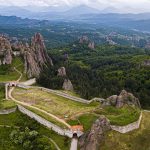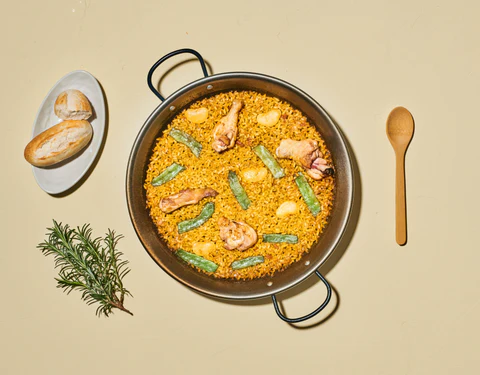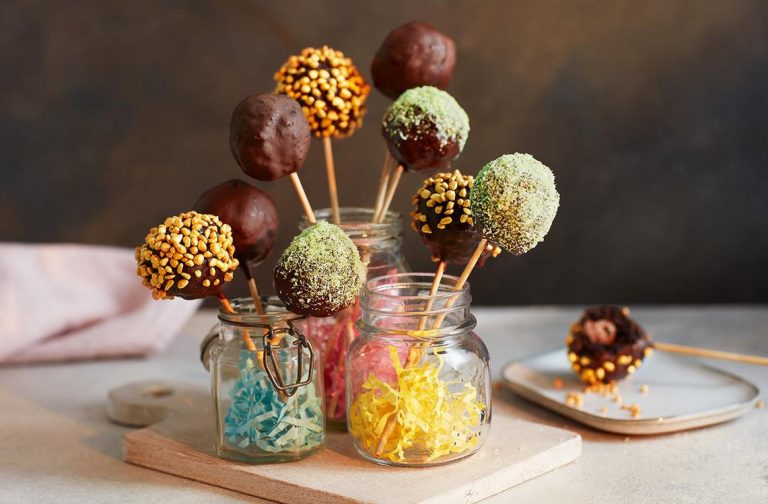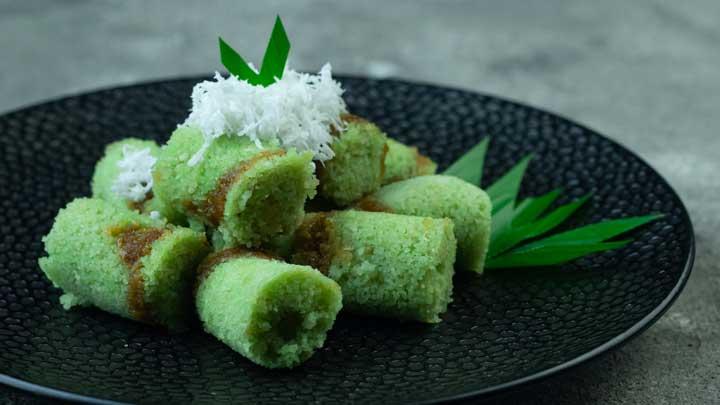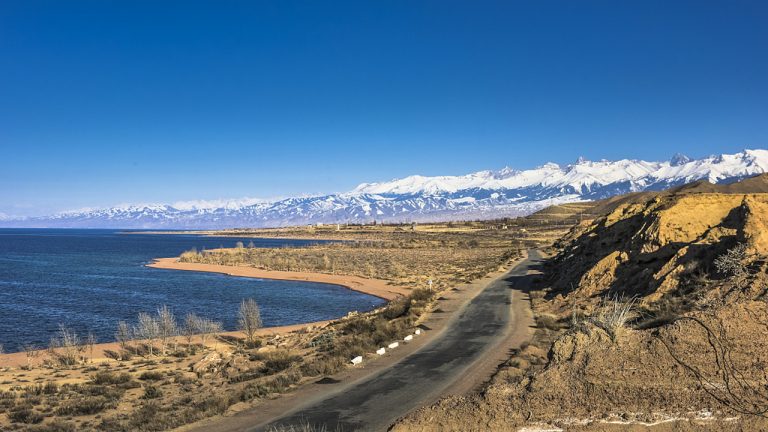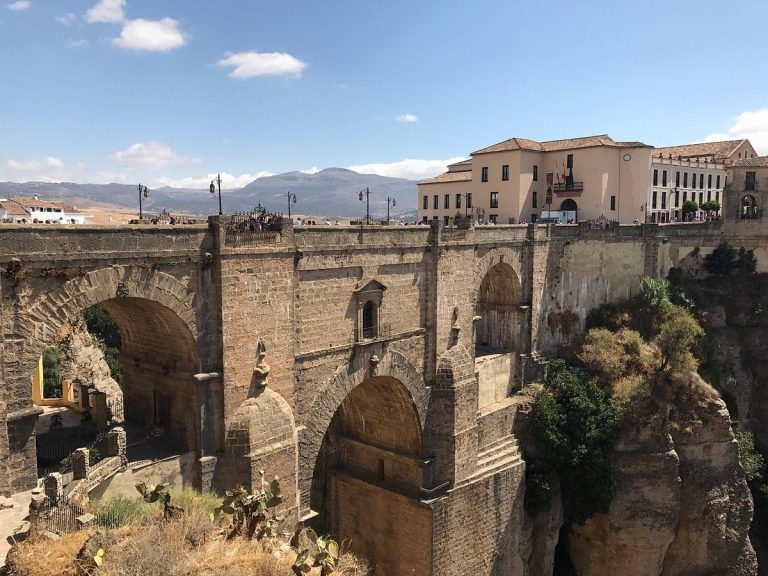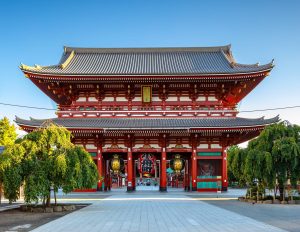The first time I tasted Paella Valenciana, I expected seafood. Instead, I got tender rabbit, chicken, and green beans cooked in rich, saffron-infused rice. I was confused for a moment—then completely blown away. This was the real deal. The original paella from Valencia, not the seafood-heavy version many of us know outside Spain.
Paella Valenciana isn’t just a dish—it’s a tradition, a point of pride, and a weekly ritual for many Valencian families. If you’ve only had paella with shrimp and mussels, you’re missing out on the rustic, earthy flavors that started it all.
🍚 What Is Paella Valenciana?
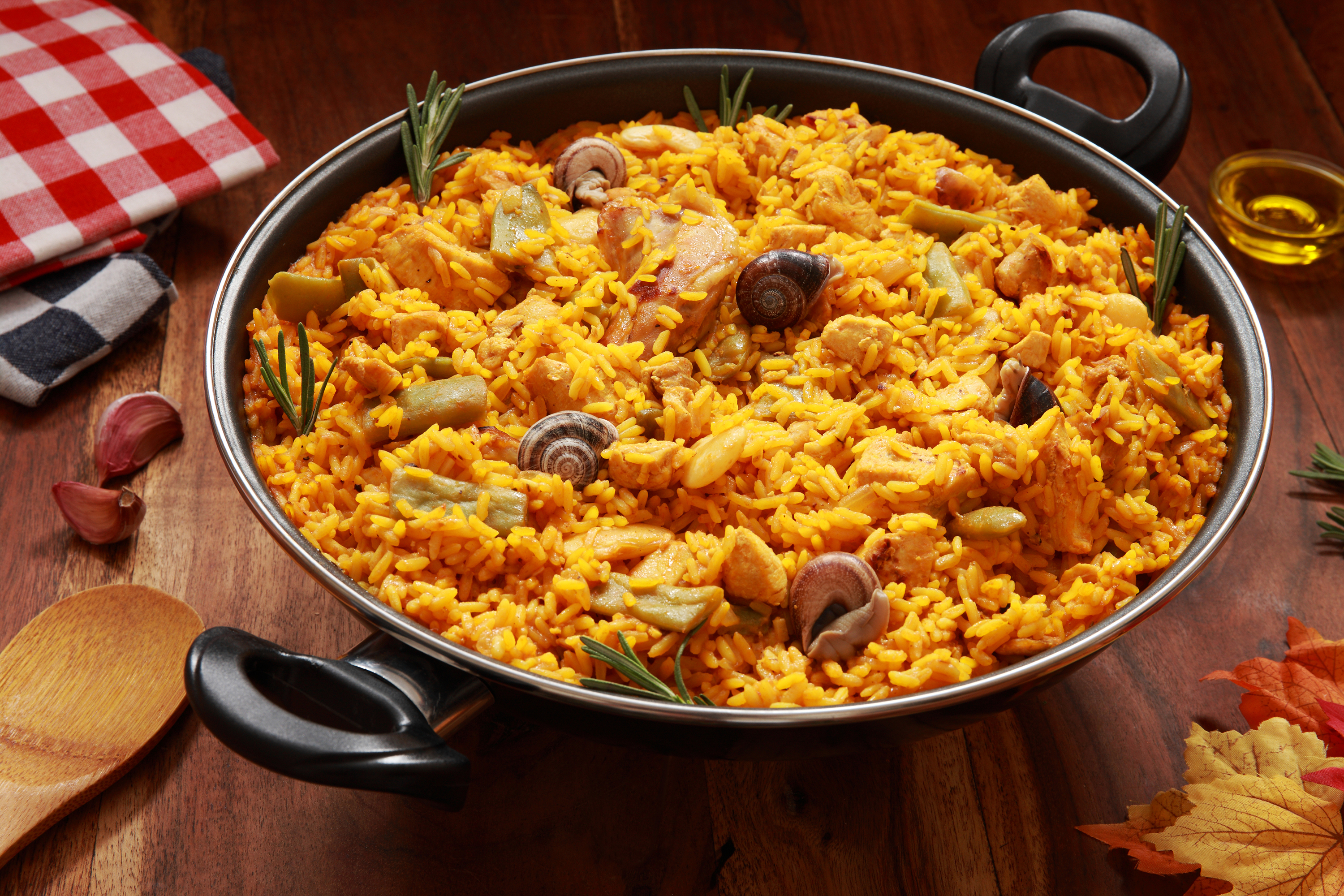
Paella Valenciana is the original version of paella, Spain’s culinary most famous rice dish, which hails from the fertile farmlands around Valencia, on the country’s eastern coast.
Unlike its seafood cousin, this version is made with land-based ingredients:
-
Chicken
-
Rabbit
-
Green beans (judía verde)
-
Garrofón (a large white butter bean native to the region)
-
Tomato, olive oil, paprika, and saffron
-
Short-grain rice (traditionally Bomba or Senia)
-
Sometimes snails and sprigs of rosemary for flavor
Cooked traditionally over an open flame in a wide, shallow pan called a paellera, Paella Valenciana is meant to be shared—usually on Sundays with friends and family.
🔥 The Traditional Cooking Method
Cooking paella isn’t just throwing ingredients into a pan—it’s a process, and each step matters:
1. Sofrito Base
The meat is browned in olive oil, then tomatoes and paprika are added to build a rich base.
2. Veggies Go In
Green beans and garrofón are added and cooked until tender.
3. Water, Not Broth
Water is added instead of stock—flavors come from the meat and sofrito as they simmer.
4. Saffron + Rice
Once the broth reduces, saffron and rice are added. From this point, no stirring allowed—this helps form the prized socarrat, the crispy bottom crust.
5. Timing is Everything
A true paella takes about 40-50 minutes, from browning to resting. Patience = flavor.
In Valencia, it’s often cooked over orange wood, giving it a subtle smokiness that’s hard to replicate but impossible to forget.
🥘 What Makes It Authentic?
To many Valencians, there’s only one true paella—this one.
According to the Wikipaella organization, which defends the authenticity of traditional recipes, Paella Valenciana has 10-12 accepted ingredients. If you add chorizo or shrimp, it’s not paella Valenciana anymore—it’s just arroz con cosas (“rice with things”).
The non-negotiables:
-
Chicken & rabbit
-
Garrofón beans
-
Green beans
-
Tomato
-
Olive oil
-
Saffron
-
Paprika
-
Salt
-
Water
-
Short-grain rice
Optional additions: rosemary or snails.
🧑🍳 Can You Make It at Home?
Yes! You don’t need to fly to Valencia (though I highly recommend it).
Here’s how to get close to the real deal at home:
Essentials:
-
Wide shallow pan (paella pan preferred, 14–16 inches for 4 servings)
-
Short-grain rice like Bomba (don’t use basmati or long grain)
-
Real saffron, not yellow food coloring
-
Patience—let it rest for 5-10 minutes before serving
If you can’t find garrofón, substitute with lima beans. And if you can’t do rabbit, double up on the chicken.
Just promise me one thing: don’t stir the rice once it’s added. That socarrat is sacred.
🧂 Paella Valenciana vs. Other Types
Let’s clear up some confusion:
| Type | Main Ingredients | Notes |
|---|---|---|
| Paella Valenciana | Chicken, rabbit, beans | The original, rustic and earthy |
| Seafood Paella | Shrimp, mussels, calamari | More coastal, colorful, popular with tourists |
| Mixed Paella | Meat + seafood | Not traditional, but tasty |
| Vegetarian Paella | Veggies only | Great for plant-based diets, increasingly common |
Each has its place, but in Valencia, there’s a clear winner: the OG.
✅ Final Thoughts: Taste the Real Spain
Paella Valenciana is more than just food. It’s culture, identity, and tradition all served in one pan. Whether you’re making it at home or traveling through Spain, experiencing this dish the right way connects you to centuries of cooking and community.
It’s messy, It’s smoky, It’s rich with saffron and simmered memories.
And once you taste the crispy edges and fork-tender bites of Paella Valenciana, you’ll understand why locals fight to protect it—and why it’s not just a meal, it’s a ritual.









